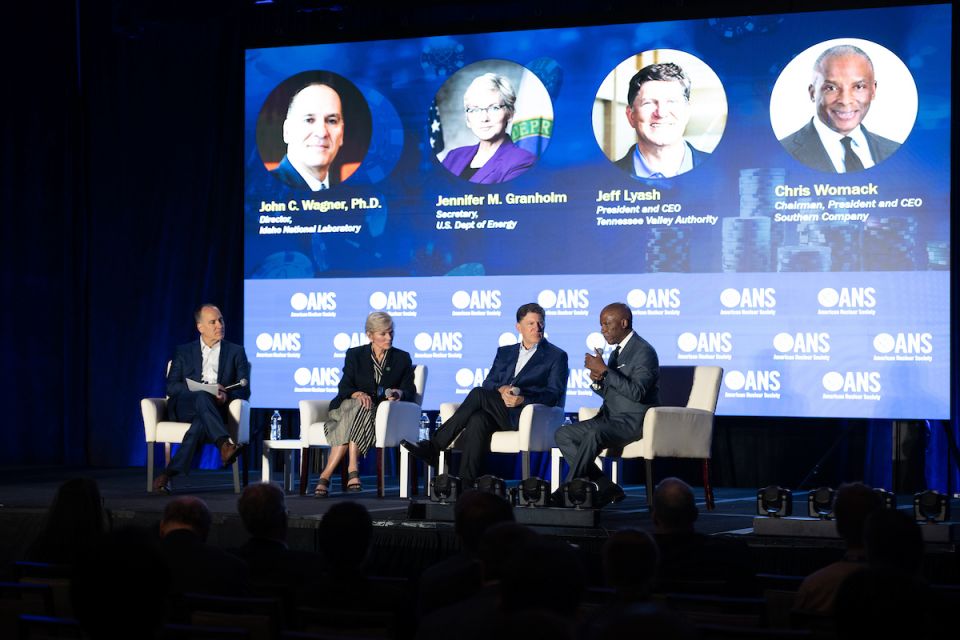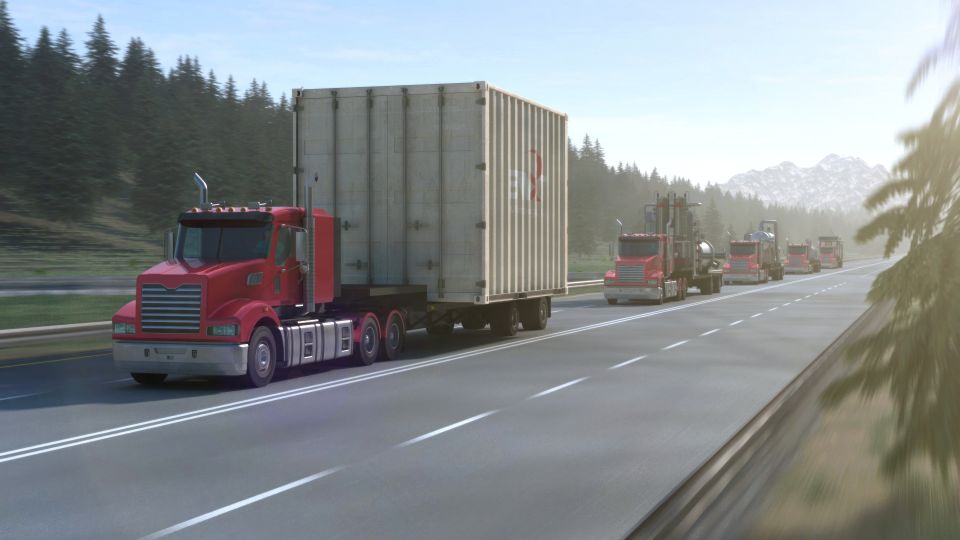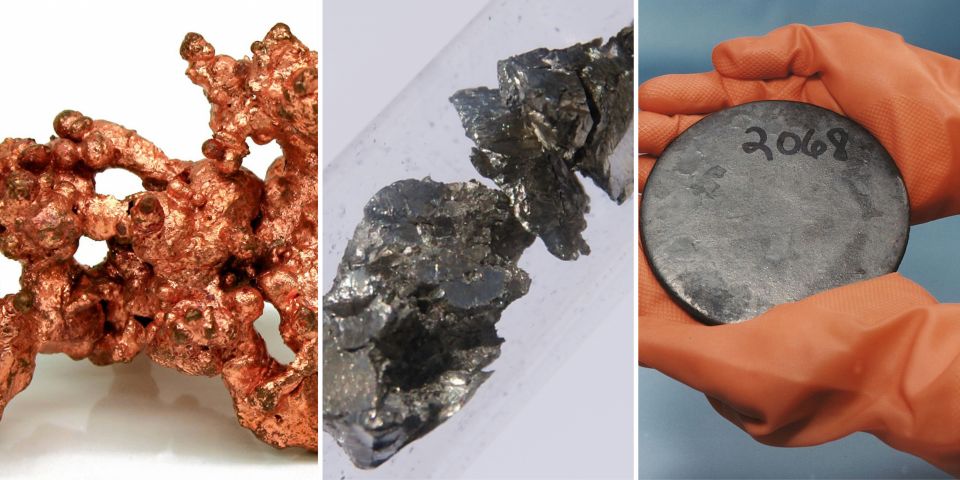Nuclear Energy for Quarantined Kids – and Everyone!
More and more folks are having to essentially home-school their children or relatives’ children as this whole virus thing plays out – and they are benefiting from a tremendous effort on the part of educators everywhere as transition is made to sent-out and, increasingly, remote educational materials. I thought it might be useful to present, with commentary, some short nuclear energy videos that you could watch or use if you check down through materials or want to supplant them. (We really do have to take a moment to applaud our educators, everywhere, for what they’re facing – and the administrators as well.)
Learn About Nuclear Energy
Our videos today are from the US Department of Energy. The video above will give a short introduction to what nuclear energy does for us every day, the basic premise of how it works, and will tell you some interesting facts about it.
As we sit at home during these days we’re using all sorts of electric .. things. Lights, iPhones, iPads, television sets, radios. Microwave ovens and, our new favorite here, air fryers. Air conditioners in some places and electric heaters in others. All of these things we just plug into the wall outlets and they work. Magic? No.
The electricity you receive at the house to make these things work is a product – sent, or shipped, to your home inside cables and wires. It comes from power plants – places where machines and devices create that electricity. Nuclear energy is our best emission-free source because it can provide electricity to you all day and night, regardless of whatever the weather is doing, and as it does so it creates no exhaust (like your car does.)
Big cities need lots of power; they use very large power plants. Can small cities and towns take advantage of nuclear energy? Absolutely. They have in the past and will again, pretty soon!
As we have seen in the above video, new, advanced and smaller kinds of nuclear reactors (and power plants sized to match) are poised to jump into the mix and make a place for themselves. They tried in the 1960’s, but unfortunately a number of these small reactors placed in rural areas were also very experimental designs that didn’t pan out partly because of their own peculiar shortcomings. We simply missed the opportunity to build very small versions of the types we already knew worked.
Now, we have a wide range of experience over many years built up and have re-evaluated “what works.” New versions of old concepts and, in a very promising way, new concepts have come back and are in the process of being licensed and, eventually, built. Some of these are VERY small – what we now call “micro-reactors.”
This “micro-reactor” field has also been explored previously – and in that case, it was the military that led the way. We heard the mention of replacing diesel power for remote villages and sites, and it turns out that’s exactly what the US Army wanted to do in the late 1950’s and early 1960’s. The Army was tasked with operating a range of radar stations in the frozen tundra called the DEW Line, or Defense Early Warning line. This effort stopped in part because these stations were quickly replaced with the BMEWS (Ballistic Missile Early Warning System) radars, which unfortunately seriously cut the need for spending further money to develop truly reliable and workable tiny nuclear reactors.
As we’ve seen above though the need for economical, safe and constant power (both electric power, and heat, we might add) has never really gone away; entire remote villages still today have to constantly truck in diesel fuel for large generators. These very small reactors have the potential to be complete game changers.
Just a few days ago, Oklo submitted its Combined License Application to the US Nuclear Regulatory Commission – and made a number of firsts! This was the first application to license an advanced reactor not cooled by water, and it’s also the first application submitted online. Read more here .. and if you’d like to meet one of the two principals behind this groundbreaking company, you can do that in today’s last video. Caroline Cochran talks below about what motivates her, and the process:
So now you’ve learned a bit about nuclear energy, about new versions coming out, and met one of the new pioneers behind it. Take this opportunity to explore more!
A tremendous variety of resources for education can be found at About Nuclear on the ANS website
Here you can find links to the excellent Navigating Nuclear program as well as the lessons of the time-honored and well-updated “The Harnessed Atom” from the US Department of Energy.
Will Davis has been a member of the Board of Directors for the N/S Savannah Association, Inc. He has been a contributing author for Fuel Cycle Week, and wrote his own popular blog Atomic Power Review. Davis is also a consultant and writer for the American Nuclear Society, and serves as Vice Chair of ANS’ Book Publishing Committee. He is a former U.S. Navy reactor operator and served on SSBN-641, USS Simon Bolivar. His popular Twitter account, @atomicnews is mostly devoted to nuclear energy. He likes to collect typewriters and early pocket calculators, which are piling up.








